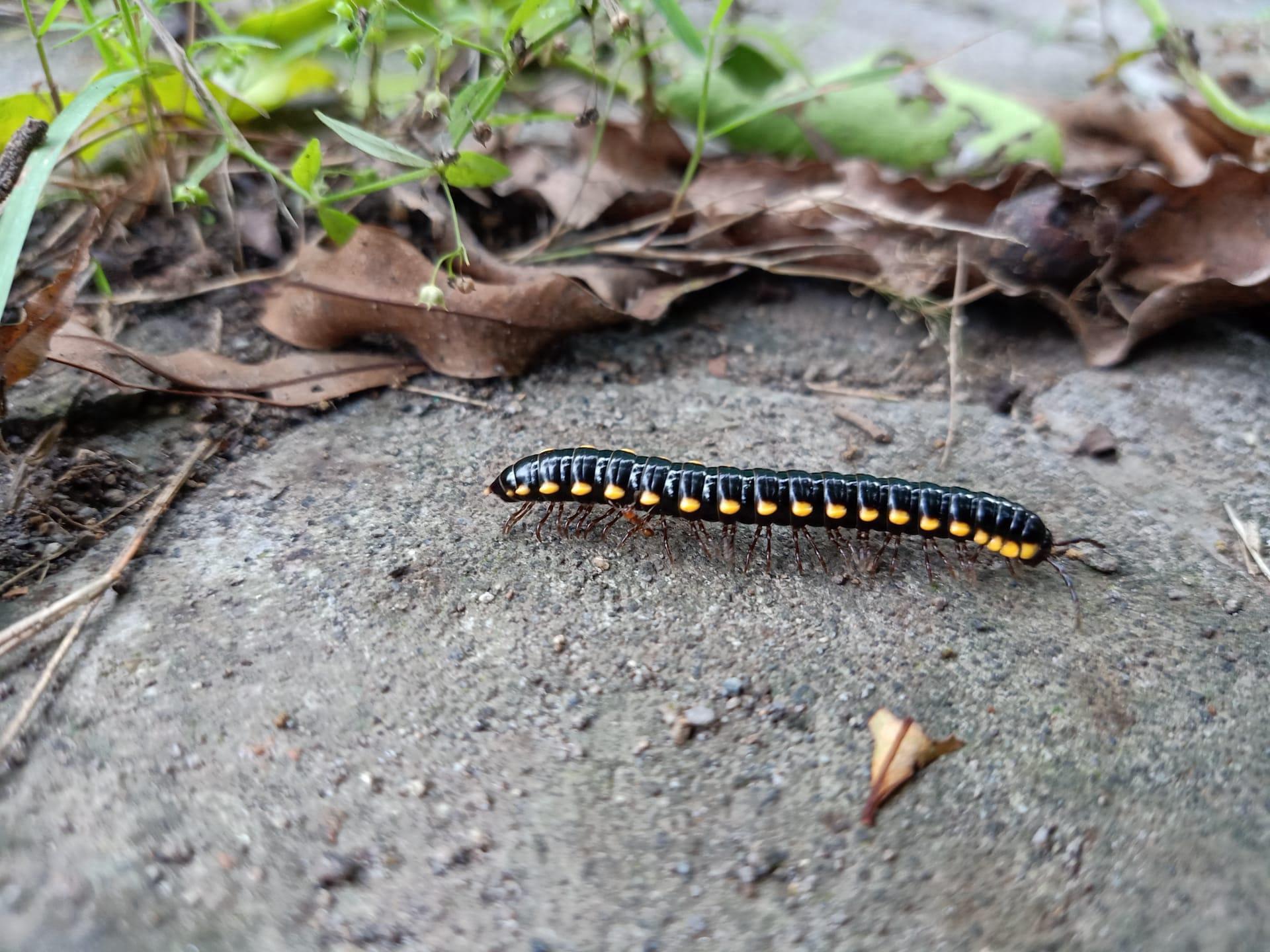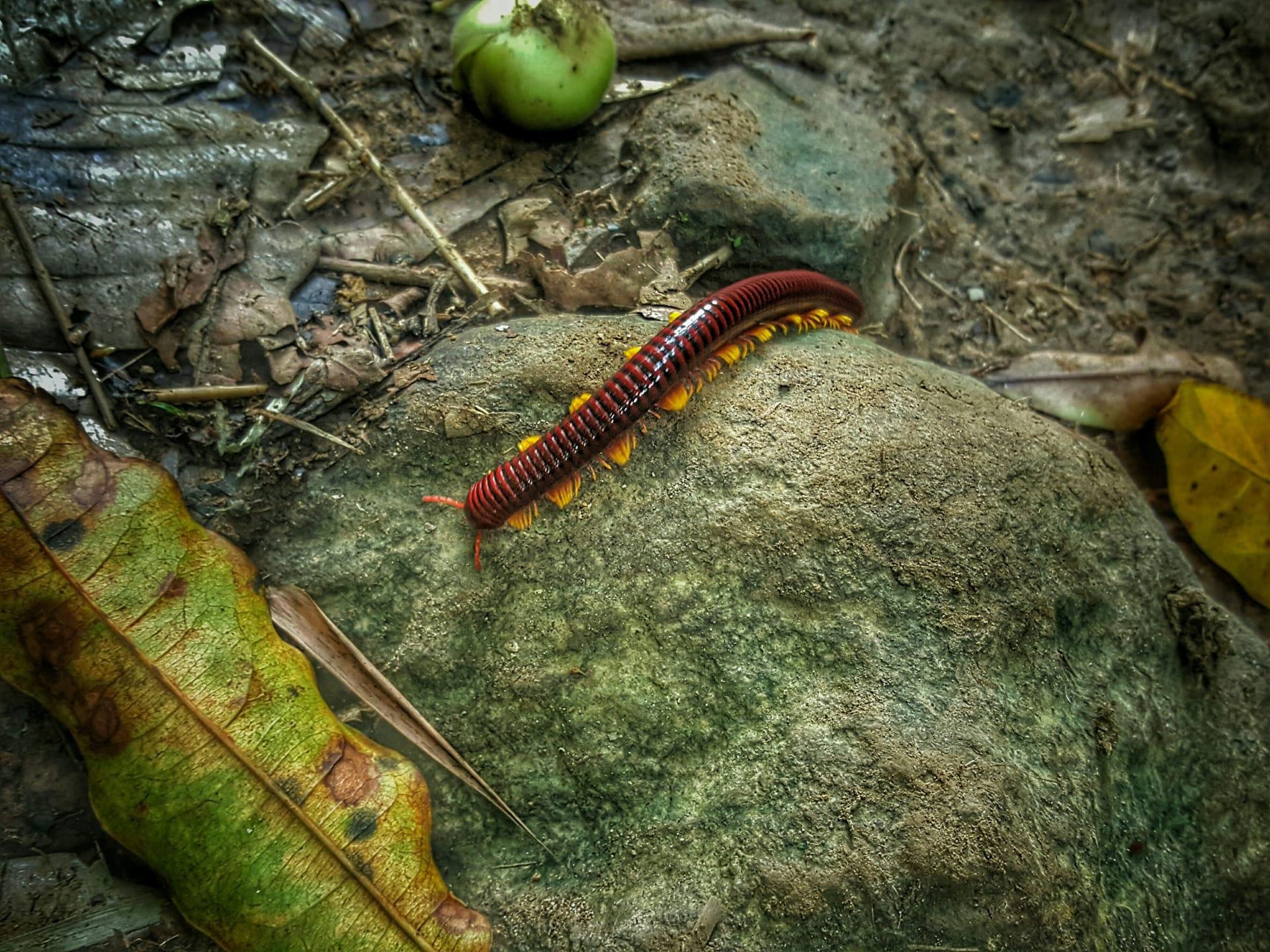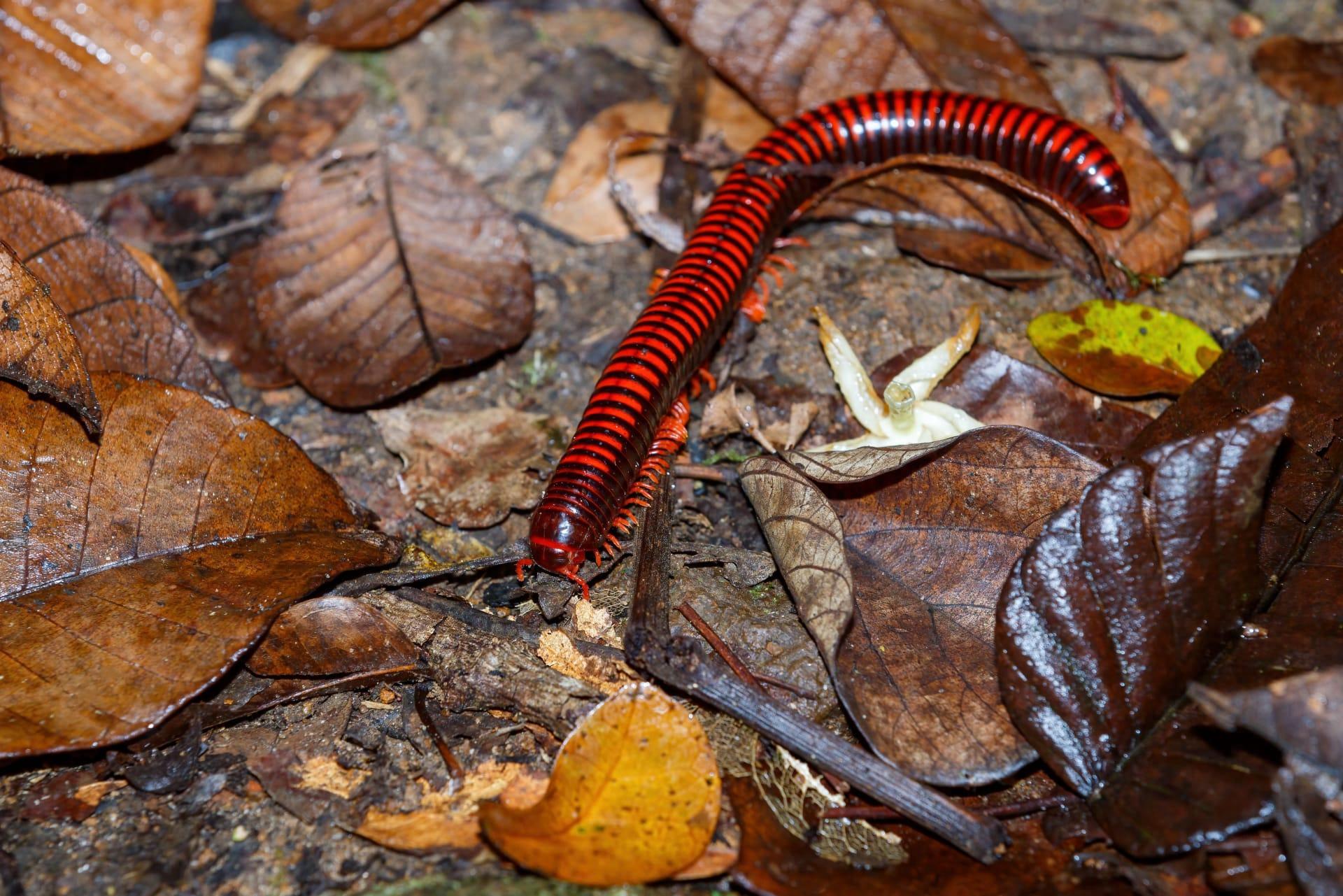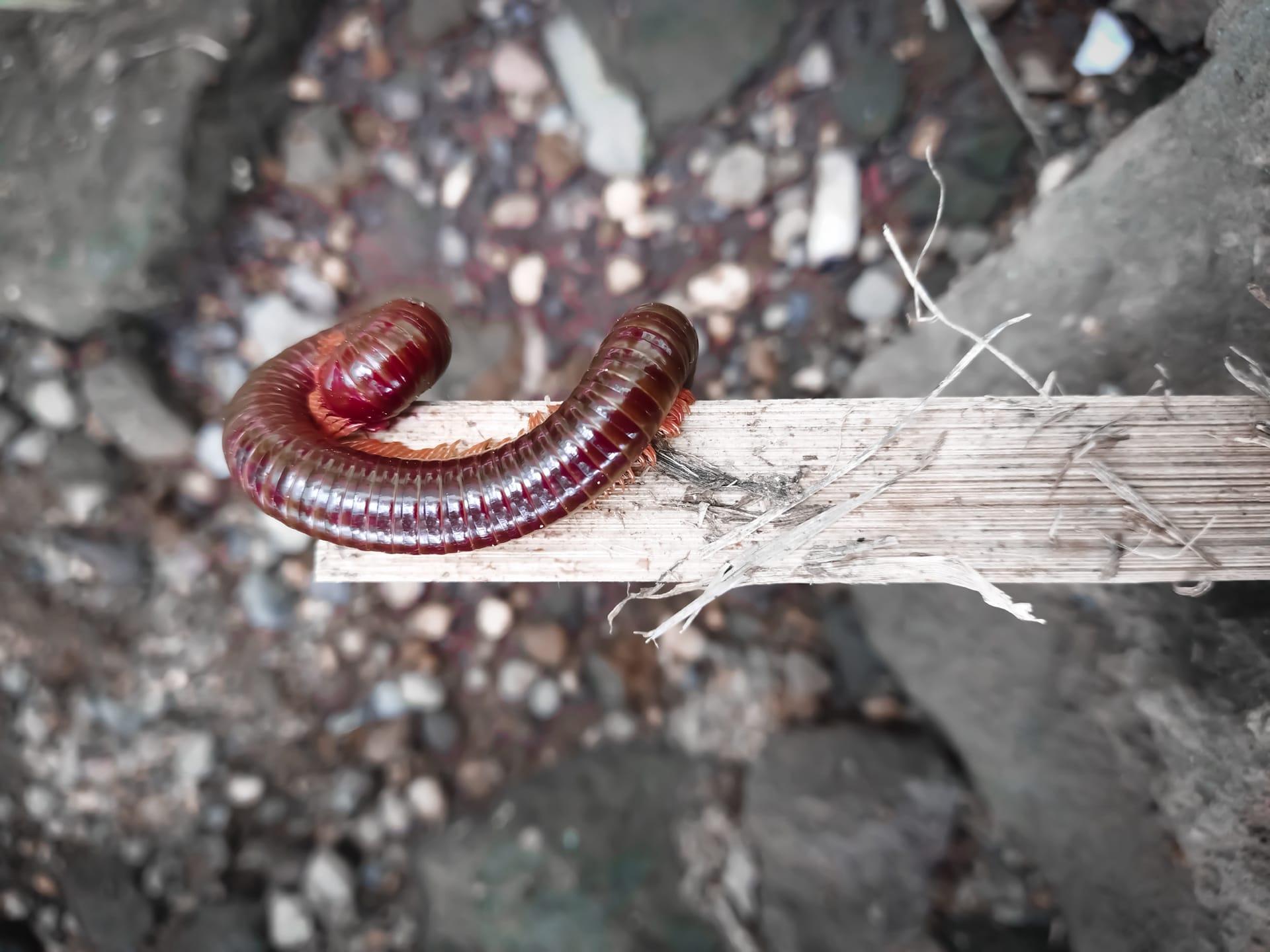Centipede Characteristics
- Home /
- Mini Encyclopedia /
- Animal /
- Centipede Characteristics
1
Centipedes, those multi-legged critters that might make you jump, are fascinating creatures when you get down to the nitty-gritty. With their elongated bodies, which can range from a mere 4 millimeters to over 30 centimeters in some tropical species, they're quite the sight. And when it comes to lifespan, these arthropods aren't here for a short holiday; some can live up to 6 years, which is quite impressive for their size. Imagine, a tiny creature, darting around with its numerous legs for half a decade or more!
Now, let's zoom in on one of the most intriguing parts of a centipede: its venomous claws, known scientifically as forcipules. These are not just any old part of their anatomy; they are modified legs located right near the head, serving as their primary weapon and dining utensil. When a centipede catches its prey, it injects venom through these forcipules, which not only immobilizes the victim but also starts the digestion process. This nifty adaptation allows them to tackle prey several times their size, making them formidable predators in the miniature world they inhabit.

2
One common question people have about centipedes is: "Can a centipede bite hurt humans?" It's a valid concern, especially when you encounter one unexpectedly.
The answer is yes, centipedes can bite humans, and it can be quite painful, akin to a bee sting. However, it's worth noting that centipedes usually reserve their venom for their prey and are more likely to flee from humans than attack. Most centipede bites occur when a person accidentally steps on or handles one. While painful, bites from common household centipedes are generally not dangerous and rarely require medical attention, except for allergic reactions or secondary infections.

3
Centipedes are known for their speed and agility. They move with a wave-like motion, allowing them to navigate through tight spaces and rough terrain with ease. This fluid movement is facilitated by their numerous legs, which can number anywhere from 30 to 354, depending on the species. Each leg is slightly longer than the one in front of it, which prevents tangling and ensures smooth locomotion.
When it comes to hunting, centipedes are nocturnal predators, relying on their acute sense of touch and chemical detection rather than vision, which is relatively poor. They are opportunistic feeders, preying on anything they can overpower, including insects, spiders, and even small vertebrates. Their venomous forcipules deliver a potent cocktail of toxins that immobilize prey, making centipedes efficient and versatile hunters.

4
Centipedes thrive in a variety of environments, but they particularly love moist, sheltered spaces. You'll find them under rocks, logs, and leaf litter in forests, gardens, and even within the cozy confines of human dwellings. They prefer a habitat that provides moisture and protection from predators, which is why they're often found in soil and detritus-rich areas where they can keep hydrated and hunt for food.
Reproduction among centipedes can be quite an elaborate affair, with some species engaging in courtship dances and others exchanging spermatophores. Female centipedes may lay anywhere from a few dozen to over a hundred eggs, which they often guard diligently until they hatch. In some species, the mothers even stay with their young for a period, providing protection and guidance in the early stages of their lives, showcasing a level of parental care not commonly observed in many other arthropods.

5
Book: "The Secret World of Centipedes: Uncovering the Mysteries of These Elusive Creatures" takes readers on a journey through the hidden lives of centipedes. Authored by Dr. Jane Greenfield, a British entomologist, and published in the late 1990s, this book delves into the biology, behavior, and ecological importance of centipedes. Greenfield's work is renowned for making complex scientific concepts accessible to a general audience, and this book is no exception. Through vivid descriptions and detailed explanations, it paints a comprehensive picture of these often-misunderstood creatures.
Book: "Centipedes of North America: An Explorer's Guide" is a fascinating exploration into the diverse world of North American centipedes. Written by American biologist Michael Thompson in the early 2000s, this guidebook provides an in-depth look at the various species found across the continent, their habitats, and life cycles. Thompson's passion for entomology shines through in his detailed field observations and photographs, making it an indispensable resource for both amateur naturalists and professional scientists interested in the study of centipedes.